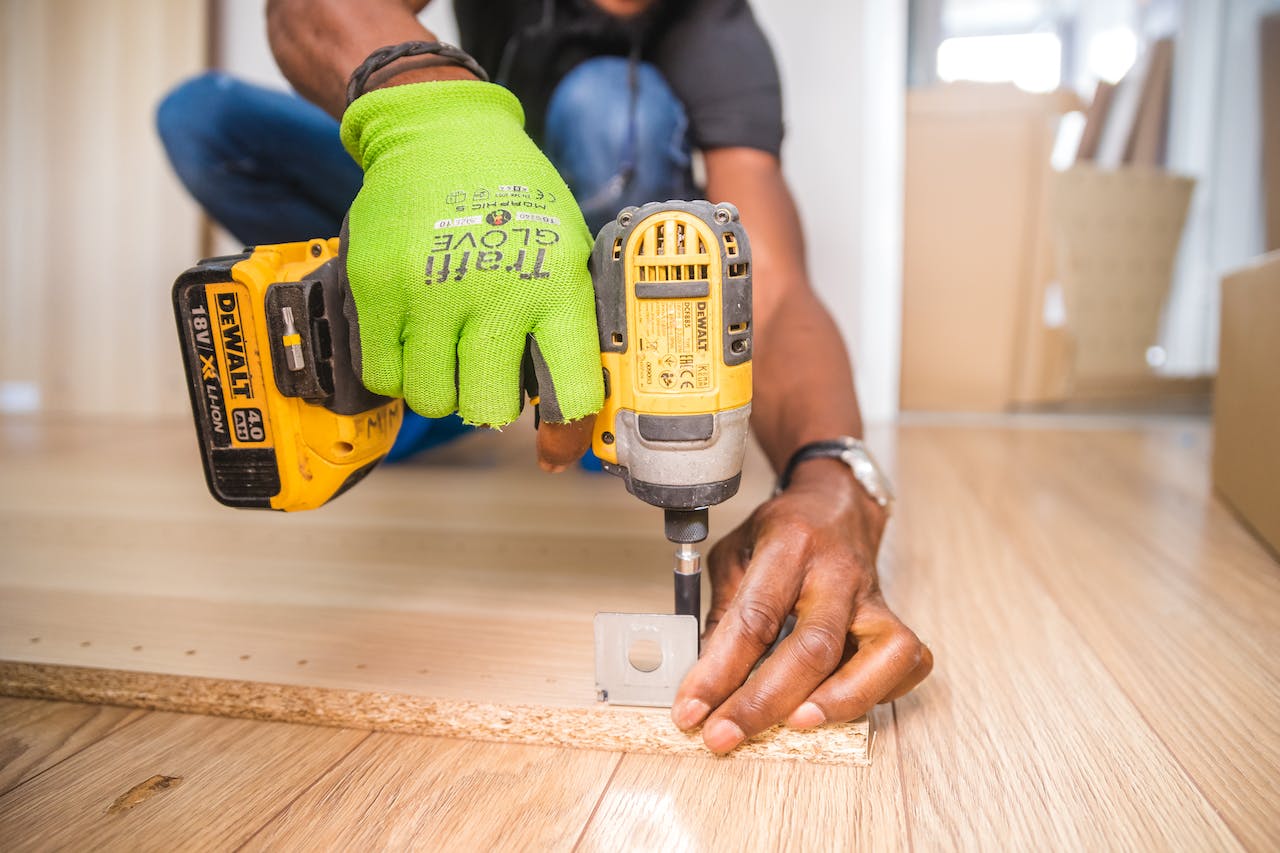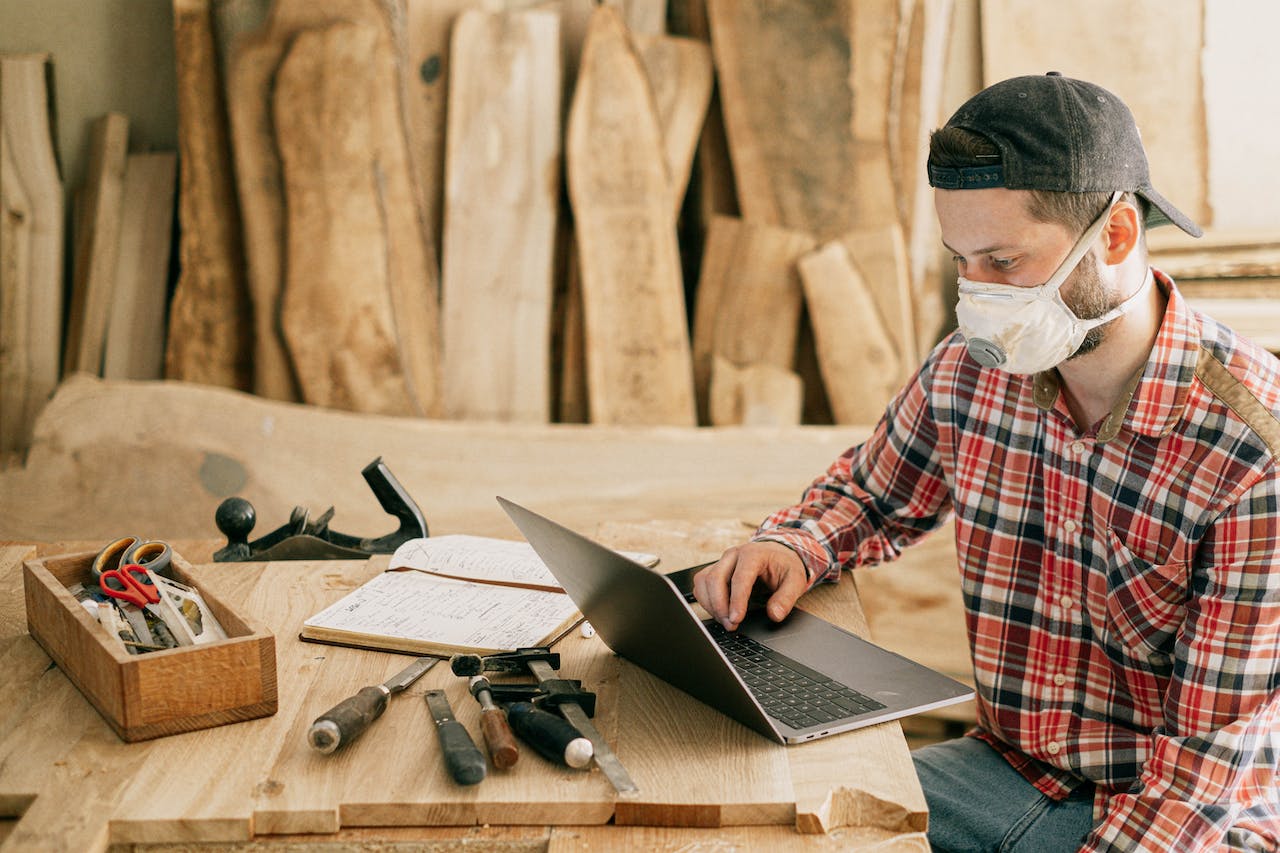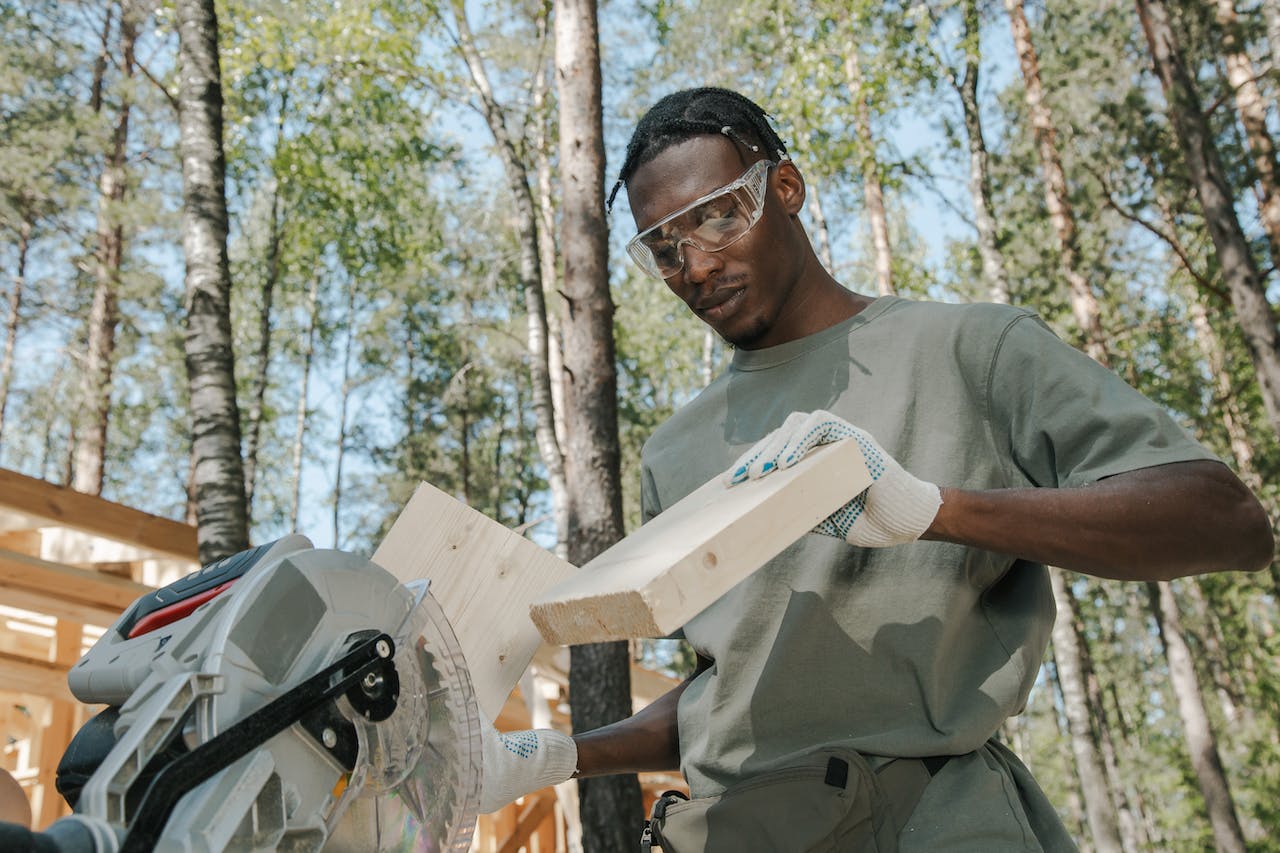Lockdown has fueled a surge in creativity, inspiring endeavors from entertaining kids to culinary exploration and home crafting. Amidst these pursuits, many want to revitalize their living spaces with projects like painting the bedroom or retiling the bathroom, while others contemplate property extensions. Enter the self-build conservatory, or DIY conservatory—a budget-friendly and efficient alternative to traditional construction. With warmer months approaching, these spaces offer a seamless blend of indoor comfort and outdoor enjoyment. Despite lockdown restrictions complicating contractor hiring, DIY conservatories are gaining popularity for their accessibility and ease of installation. In this article, we’ll delve into everything you need to know about embarking on a DIY conservatory project, transforming your home improvement dreams into reality.
What is a DIY Conservatory?
A DIY conservatory, short for “do-it-yourself conservatory,” is a prefabricated structure designed to be assembled by homeowners without needing professional construction services. These kits typically include all the necessary materials and instructions for installation, allowing individuals to build their conservatories at their own pace and according to their preferences. DIY conservatories offer a cost-effective alternative to traditional conservatory construction, making them increasingly popular among homeowners looking to expand their living space or enhance their property.
Assessing Your Readiness
Assessing your readiness to embark on a DIY conservatory project involves several key considerations.
- Evaluate your DIY skills and experience to gauge whether you have the necessary proficiency for such a task. This includes assessing your comfort level with construction projects, familiarity with essential tools, and ability to follow instructions accurately.
- Determine the feasibility of installing a conservatory on your property by considering available space, terrain, and local regulations or zoning restrictions. Conducting thorough research and consulting with professionals may be necessary at this stage.
- Carefully weigh budget considerations and compare costs between DIY kits and hiring professionals for construction—factor in not only the initial expenses but also the potential long-term savings and benefits of each approach.
Exploring DIY Conservatory Kits
Exploring DIY conservatory kits offers homeowners a convenient and cost-effective option for expanding their living space. Begin by researching the variety of kits available, considering factors such as design styles, materials, and sizes. Standard components typically found in these kits include pre-cut frames, glass panels, roofing materials, and assembly hardware.
When selecting a kit, it’s crucial to consider your specific needs and preferences, as well as the suitability of the kit for your property and climate conditions. Pay attention to factors like insulation, durability, and customization options to ensure the chosen kit meets your requirements and budget. Additionally, read reviews and seek recommendations from others who have completed similar projects to make an informed decision.
Planning and Preparation
Planning and preparation are essential steps before undertaking a DIY conservatory project.
- Ensure you obtain necessary planning permissions and approvals from local authorities to comply with building regulations and zoning requirements.
- Meticulously measure and assess the installation area to determine the optimal size and placement of the conservatory. This includes considering factors such as sunlight exposure, proximity to utilities, and existing landscaping.
- Once the site is determined, prepare it by clearing debris, leveling the ground, and addressing drainage issues.
Additionally, gather all necessary tools and materials as outlined in the DIY kit instructions, ensuring you have everything needed for a smooth installation process.
Step-by-step Installation Guide
The step-by-step installation guide is crucial for successfully assembling your DIY conservatory. Follow detailed instructions provided by the manufacturer to ensure proper construction and avoid costly mistakes.
1. Prepare the Site:
Clear the installation area of any debris or obstacles.
Ensure the ground is level and stable to provide a solid foundation for the conservatory.
2. Review Instructions:
Familiarize yourself with the assembly instructions provided by the manufacturer.
Gather all necessary tools and materials as outlined in the instructions.
3. Frame Assembly:
Begin by assembling the frame of the conservatory according to the provided instructions.
Follow the recommended sequence for connecting frame components using screws or bolts as directed.
4. Panel Installation:
Install the glass or polycarbonate panels into the frame, securing them in place according to the instructions.
Ensure panels are correctly aligned and seated securely within the frame.
5. Roofing Installation:
Following the manufacturer’s guidelines, install the roofing materials, whether glass panels, polycarbonate sheets, or solid roofing panels.
Ensure proper sealing and weatherproofing to prevent leaks and ensure durability.
6. Door and Window Installation:
Install any doors and windows included in the kit, ensuring they are securely fitted and operate smoothly.
Properly seal around the door and window frames to prevent drafts and water infiltration.
7. Finishing Touches:
Add any additional features or accessories included in the kit, such as blinds, vents, or decorative elements.
Double-check all connections and fastenings to ensure everything is secure and stable.
8. Final Inspection:
Conduct a thorough inspection of the completed conservatory to check for any defects or areas requiring adjustment.
Test doors and windows for proper operation and ensure all seals are intact.
9. Cleanup and Maintenance:
Clean up any debris or packaging materials from the installation site.
Follow manufacturer recommendations for ongoing maintenance and care to ensure the longevity of your new conservatory.
10. Enjoy Your New Space:
Once installation is complete and any necessary adjustments have been made, relax and enjoy your newly constructed conservatory space!
How Much Does A DIY Conservatory Cost?
Many factors determine the cost of your DIY conservatory. The supplier you use, the style you choose, the type of glass, and the size. This can be from a few thousand to tens of thousands, but it is cheaper than paying contractors to build it.
It isn’t just the kit itself that will cost. You need to factor in the cost of tools; hiring specialist equipment will save you money compared to buying.
You may also need professional help at certain stages, especially if you are a novice. Conservatory installers usually charge by the hour, so be sure you have some contingency set aside, just in case.
You will want power in your conservatory, whether lighting plug sockets or both. Getting a professional to do this is always recommended, especially if you have never attempted it. Poor electricals pose a fire hazard to your family and your home, so get quotes from local electricians, so you know what will need to be spent.
Conclusion
It may be difficult to envision yourself taking on such a task in your own home, but with the correct planning and careful selection of your kit, even a beginner can complete this task.
While the rewards of creating a custom conservatory can be significant—offering a beautiful, functional space to enjoy the outdoors year-round—it’s important to realistically assess your capabilities, budget, and time commitment before embarking on this ambitious endeavor.




